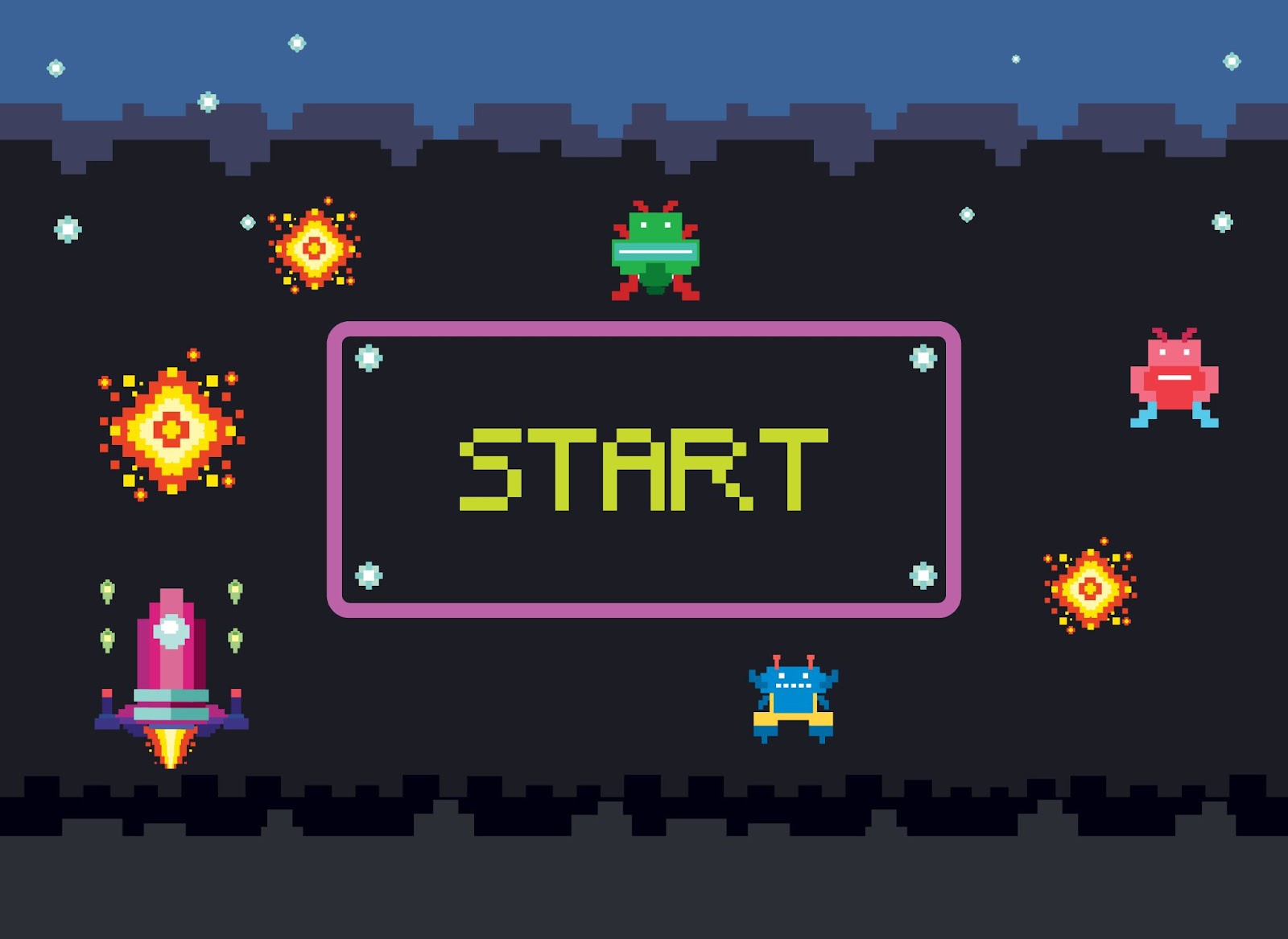From 8-Bit Roots to Digital Worlds
Video games began on simple hardware with few colors and little memory. Developers leaned on clear rules, small inputs, and fast feedback. Players learned by doing, not by reading long manuals. Those habits still shape good design today.
Early classics also set a tone for fairness. A button did one thing and it did it right away. Hits and misses were easy to read. Music and sound confirmed what just happened. Progress felt earned because the game taught one idea at a time and then added a small twist.
8-bit roots that set the rules
The 8-bit era built a basic language that still works. Sprites were bold and readable. Levels were short but focused. Difficulty climbed step by step. Designers cut everything that did not help the next action. The goal was simple flow rather than showy features.
The 16-bit era added color, detail, and better music without losing clarity. Worlds felt richer and animation looked smoother. Yet the loop stayed the same. Learn a rule. Practice the rule in a new setting. Win because you improved.

The leap to 3D and learning the camera
True 3D changed how players think about space. Movement and camera control became separate skills. Games had to teach both. Designers used light, landmarks, and clear paths to guide the eye. Tutorials moved from long text to small tasks that made sense right away.
Discovery also needed structure because choice exploded. Platforms learned to organize big libraries with honest previews and clean categories. Sites like casino Princess show the same logic in a different arena by using simple lobbies, quick filters, and clear game info to help people pick slots, live tables, or short tournaments with confidence.

Online worlds and the rise of community
When online play arrived, games gained a social layer. Friends and guilds gave people reasons to return. Regular balance updates kept systems fair. Esports added rules for competition and tools for viewers. Players watched tactics one night and tried them the next day.
Strong communities depend on reliable basics. Four features help the most:
- Matchmaking that respects skill and connection quality
- Voice and text chat that make cooperation easy
- Spectator or replay tools that support learning
- Seasonal goals that set direction without pressure
These tools help you start, improve and return tomorrow.
Mobile, touch, and the free to play shift
Smartphones put games in every spare moment. Touch made taps and swipes natural. Sessions got shorter but more frequent. Free to play invited more people to try new titles. When done well, the model explains value clearly and respects time. When done poorly, it adds pop ups and confusion that push players away.
Mobile also blended genres in useful ways. Puzzle mechanics paired with role playing progress. Strategy added small daily tasks that fit busy schedules. The best mobile games set goals for the next minute, the next hour, and the next week so players always know what to do and why it matters.
Engines, tools, and the habit of iteration
Modern engines help small teams build and ship at a high level. Prototypes appear fast. Tests with real players inform updates. Accessibility is easier to add and should be present from day one. Cross save and cross play keep friends together across devices and reduce friction.
Effective teams treat iteration as a steady routine, not a late fix:
- Test early with players and measure input latency, clarity, and difficulty curves
- Use data to confirm patterns but let design goals guide choices
- Include basics like remappable controls, readable text, and colorblind options
- Publish clear patch notes so people see what changed and why
These habits reduce risk, build trust, and lift quality over time.
What never changed
Great games still stand on three pillars. Goals are clear. Controls respond right away. Feedback feels honest and satisfying. When these align, players enter a focused state and learn through action. Good games also respect curiosity. They place secrets in logical spots. They reward skill without blocking beginners. They teach systems in small steps and let mastery feel earned.
Where we go next
Cloud play will matter more as streaming improves. AI will help test levels, adjust difficulty, and support creativity while people keep the final say. Mixed reality will bring digital objects into real rooms. Cross play will be normal so friends can meet no matter the device. None of this requires bigger maps or longer grinds. It calls for clean onboarding, fair systems, and steady respect for a player’s time.
Closing thoughts
The path from 8-bit to today shows steady growth in tools while core lessons stay firm. Teach clearly. Respond quickly. Reward improvement. When teams follow these rules, games stay fun, easy to understand, and simple to translate. That is how the medium keeps evolving while play remains human and welcoming.





 Main Mario Mayhem Website
Main Mario Mayhem Website Main Mario Mayhem Website
Main Mario Mayhem Website
Leave a Comment